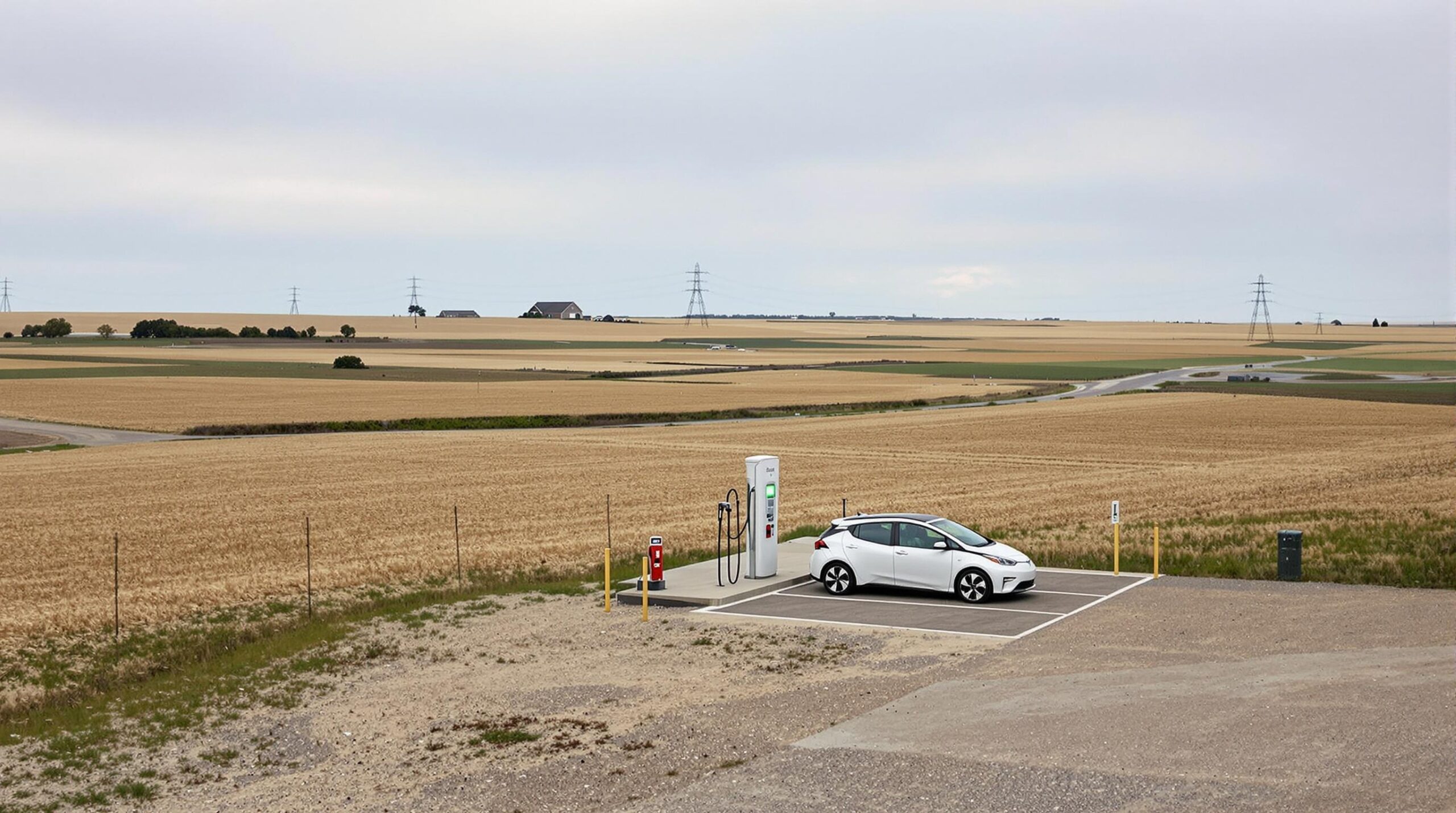Electric vehicles promise cleaner transportation and reduced dependence on fossil fuels. However, widespread adoption relies on access to robust charging infrastructure. While urban centers are seeing rapid progress in charging networks, rural areas are falling behind. Developing effective charging solutions outside cities presents unique technical, economic, and logistical challenges. Understanding these barriers is crucial if rural communities are to benefit fully from the electric vehicle revolution.
Geographic and Demographic Barriers
Rural areas typically span larger geographical distances than urban settings. With fewer people per square mile, the density of electric vehicle users is much lower. This low adoption rate often discourages private companies from investing in charging stations, as the return on investment seems uncertain. The vastness of rural regions creates significant logistical hurdles for building and maintaining charging networks. Sparse populations mean that any new station may serve only a few drivers each day, if any.
Economic Viability and Investment Hurdles
High upfront costs of installing electric vehicle charging stations are a major barrier in rural areas. Each site requires expensive hardware, installation, and often significant upgrades to existing power lines. Utility companies might hesitate due to the perceived lack of immediate demand. Unlike urban counterparts, rural communities often lack public-private partnerships or grants aimed at sustainable transportation. Local governments may have limited budgets for such infrastructure, leaving most of the financial risk on private entities.
Low utilization rates in rural areas further weaken the investment case. Charging stations present a disadvantage when site operators cannot ensure regular turnover. This financial instability slows expansion and creates a cycle that further delays electric vehicle adoption. Without consistent revenue, charging providers hesitate to expand their networks outside metropolitan areas.
Electrical Grid Limitations
Many rural regions rely on aging electrical grids. These systems were never designed to handle the sudden surge in demand that high-powered charging stations generate. Upgrading electric grids is both time-consuming and costly. Distribution lines in remote locations cannot always support the needs of fast chargers. Smaller substations and lower capacity lines impede the rapid expansion of DC fast-charging solutions.
Local governments and utilities face a dilemma. Investing in grid updates for rare vehicle use may not seem justifiable. However, waiting leads to a catch-22, where drivers will not buy electric vehicles because of weak charging infrastructure, and utilities will not upgrade infrastructure due to low demand. This grid challenge compounds the other obstacles to rural charging infrastructure development.
Longer Distances and Limited Amenities
Electric vehicle drivers in rural areas face longer distances between destinations. Range anxiety becomes a greater concern away from city centers. Fast-charging stations are less common in these regions, forcing drivers to rely on slower, Level 2 chargers. Those who travel for work or leisure may hesitate to transition to electric vehicles without reliable charging options across the countryside.
Additionally, rural stations are often placed at remote locations. These sites may lack retail, restrooms, or food options, making long charging sessions less comfortable. Collaborating with local businesses might resolve some of these issues, but partnerships take time to develop. The absence of amenities continues to discourage both station operators and drivers alike.
Complex Permitting, Zoning, and Coordination
Regulatory requirements complicate the process of installing new charging stations. Local zoning laws, land-use planning, and environmental reviews add time and bureaucracy. Rural municipalities may lack experience dealing with electric vehicle infrastructure, resulting in slow permitting processes. Each site may require specific negotiations with property owners, utilities, and governmental bodies.
Problems grow when crossing county lines, as regulations and priorities may differ significantly. This patchwork approach disrupts the strategic placement of charging sites along travel corridors. Coordinating with multiple agencies often leads to project delays and increased costs. Charging network expansion depends not just on physical installation but also on effective collaboration between stakeholders at every level.
User Awareness and Community Engagement
Rural populations may not be fully aware of the benefits electric vehicles can offer. Skepticism about electric vehicle range and performance can deter adoption. Outreach and education efforts are critical but sometimes overlooked in smaller communities. Drivers need clear information about available charging options, incentives, and the reliability of the new technology.
Local acceptance is vital for long-term infrastructure success. Community leaders and business owners must see value in electric vehicle charging. Without their buy-in, public opposition or simple disinterest could prevent necessary projects from launching. Building grassroots support can drive adoption and encourage investment throughout rural regions.
Adverse Weather and Maintenance Challenges
Rural stations often face harsher weather conditions, from extreme cold to summer heat. These factors can damage sensitive electronic equipment or slow charging rates. Many rural locations see higher maintenance burdens due to dust, debris, snow, or ice. Keeping stations operational requires regular monitoring and quick response to outages.
Service providers operating in distant rural sites often struggle to recruit technicians if problems arise. Repairing equipment can take longer than in cities. This can leave stations offline, compounding range anxiety and deterring future drivers. Ensuring station reliability represents an ongoing and expensive commitment.
Transition to Solutions and Future Possibilities
While the challenges are significant, solutions are emerging. Governments are offering incentives and grants to encourage rural charging infrastructure investment. Partnerships with local businesses and utility companies can offset some costs and build site amenities. Modular charging solutions and mobile charging fleets may cover gaps while permanent stations are deployed.
Strategic site selection and community engagement will help shape networks that meet both economic and environmental goals. As new technologies reduce costs and improve charging speed, rural areas may gradually catch up. Collaboration between the public and private sectors will remain key. Ensuring rural communities have equitable access to electric vehicle infrastructure keeps them connected to the future of transportation.


